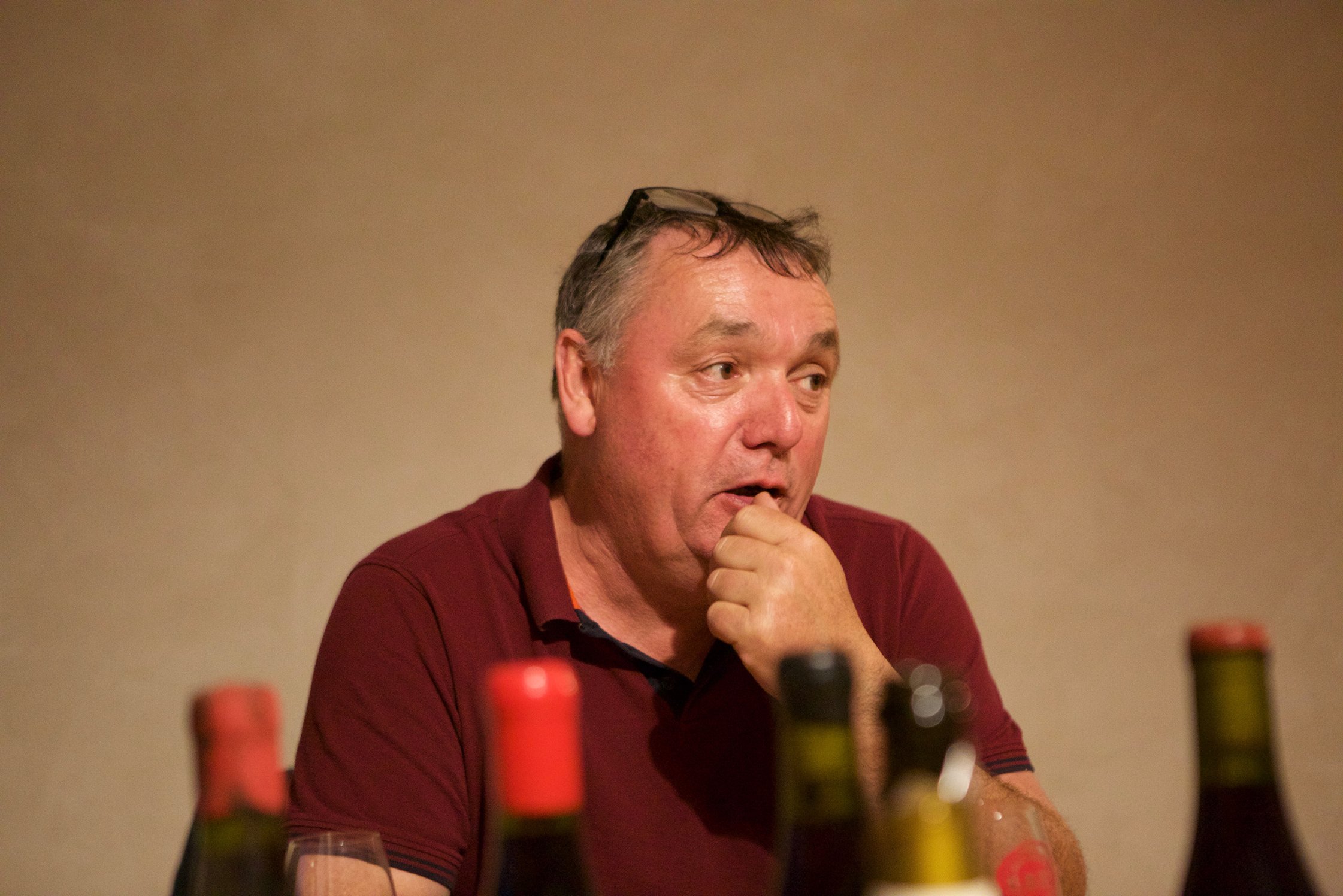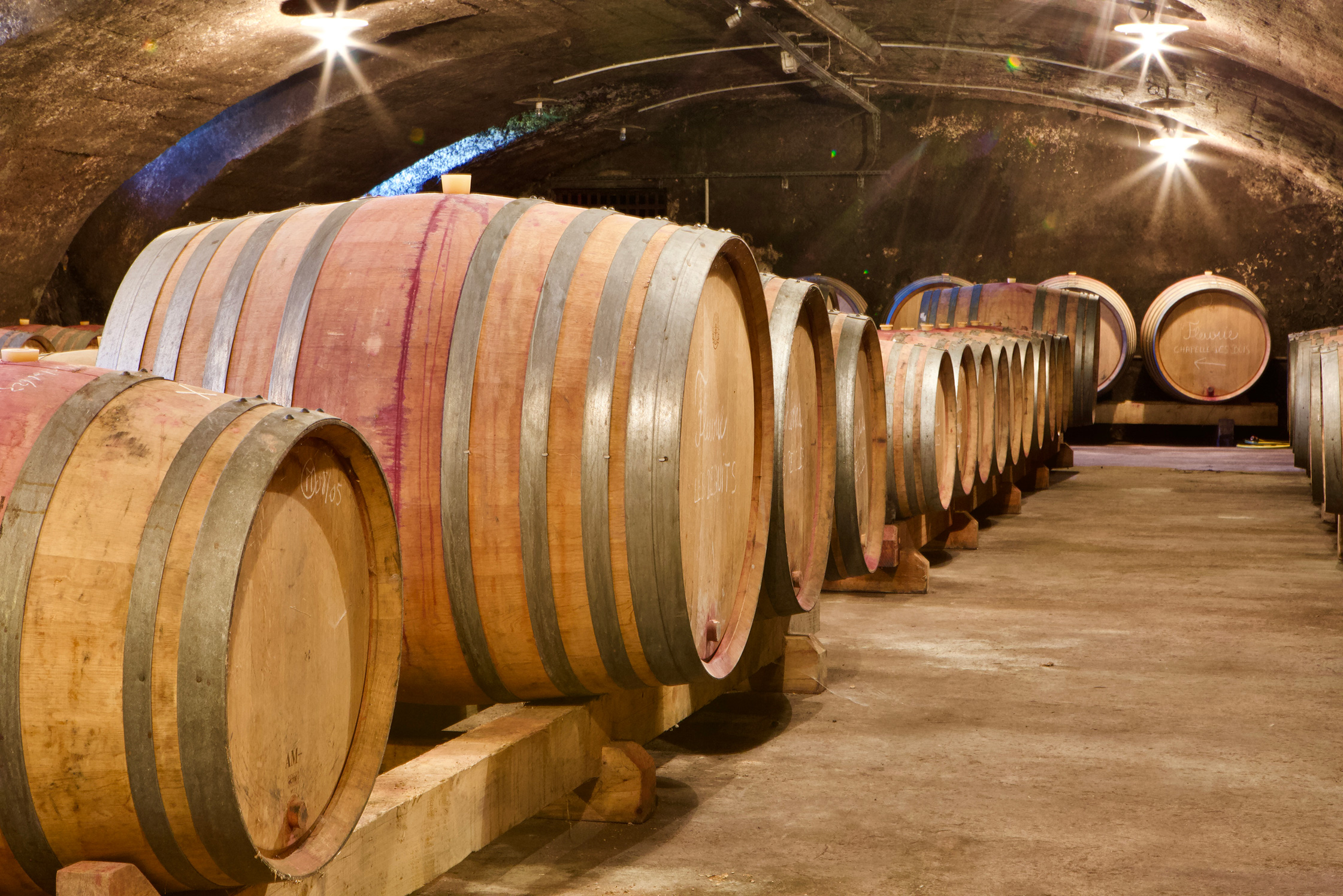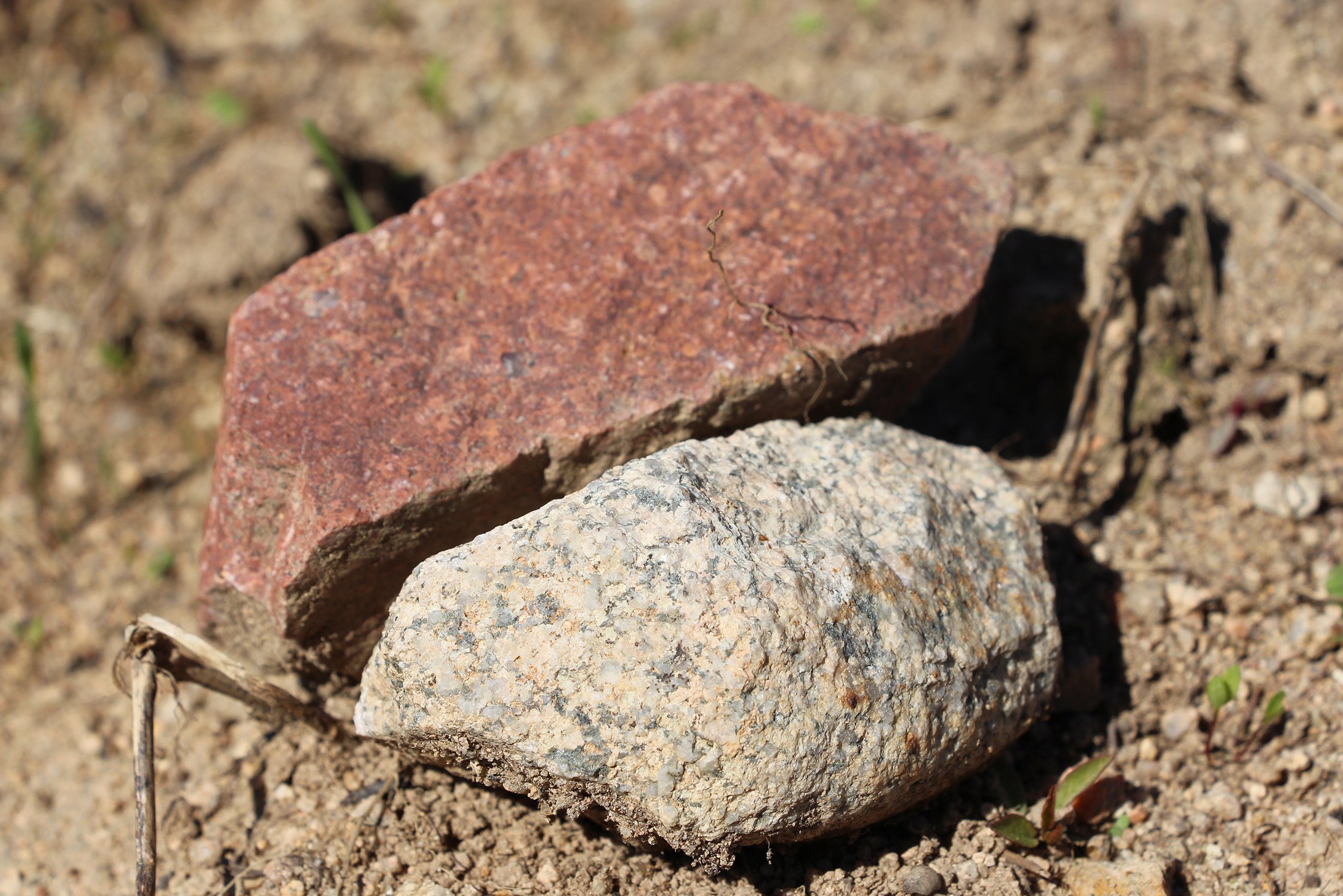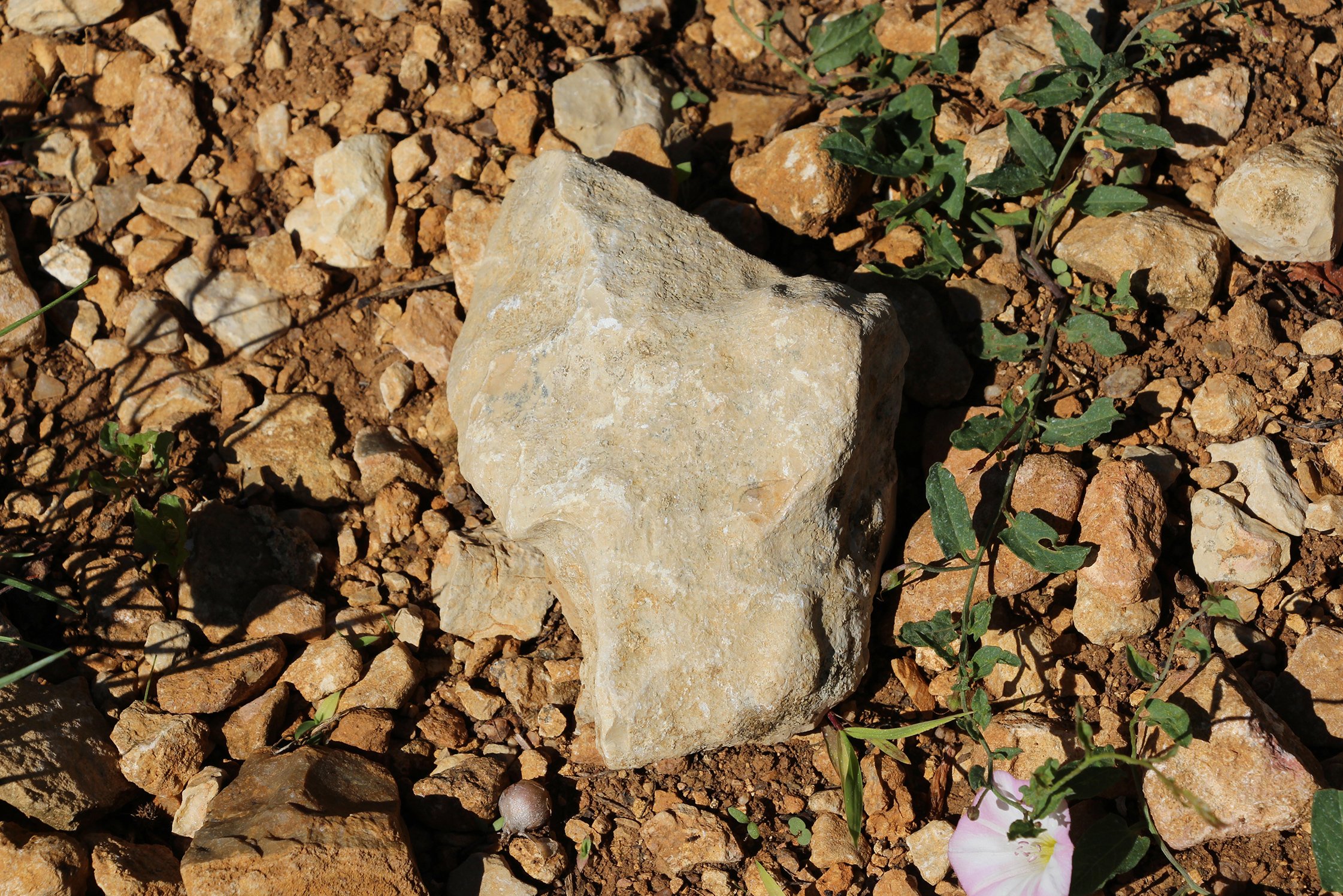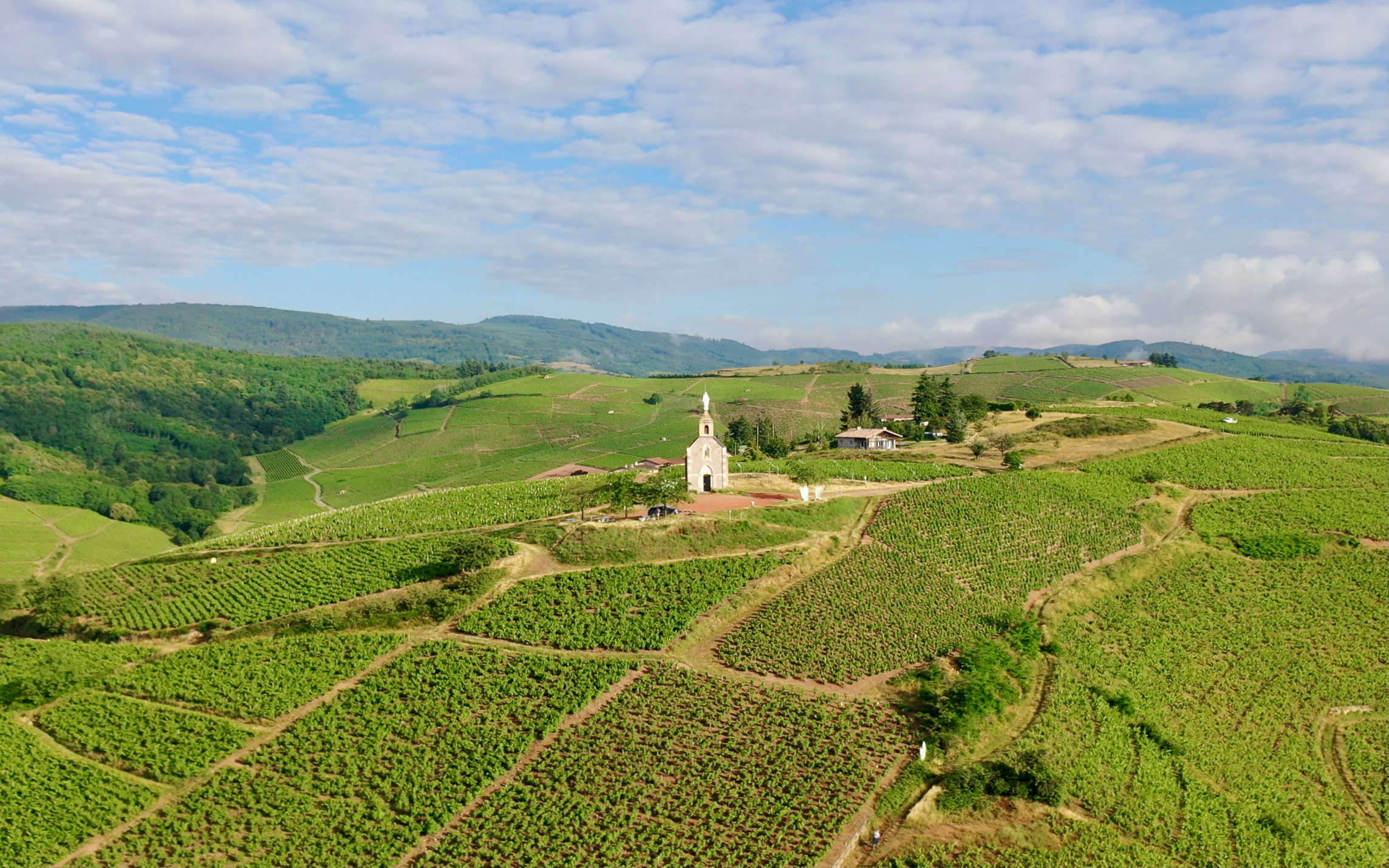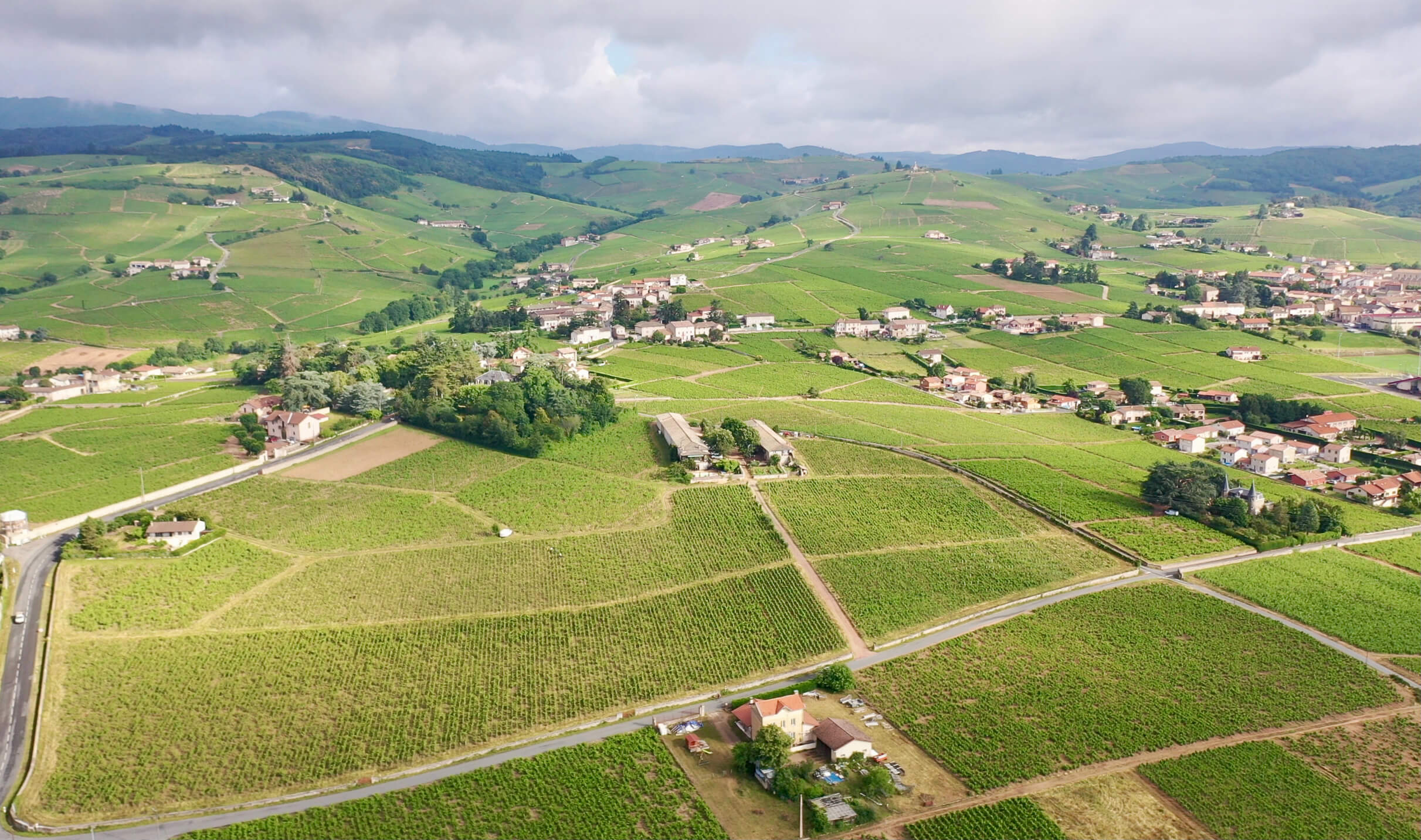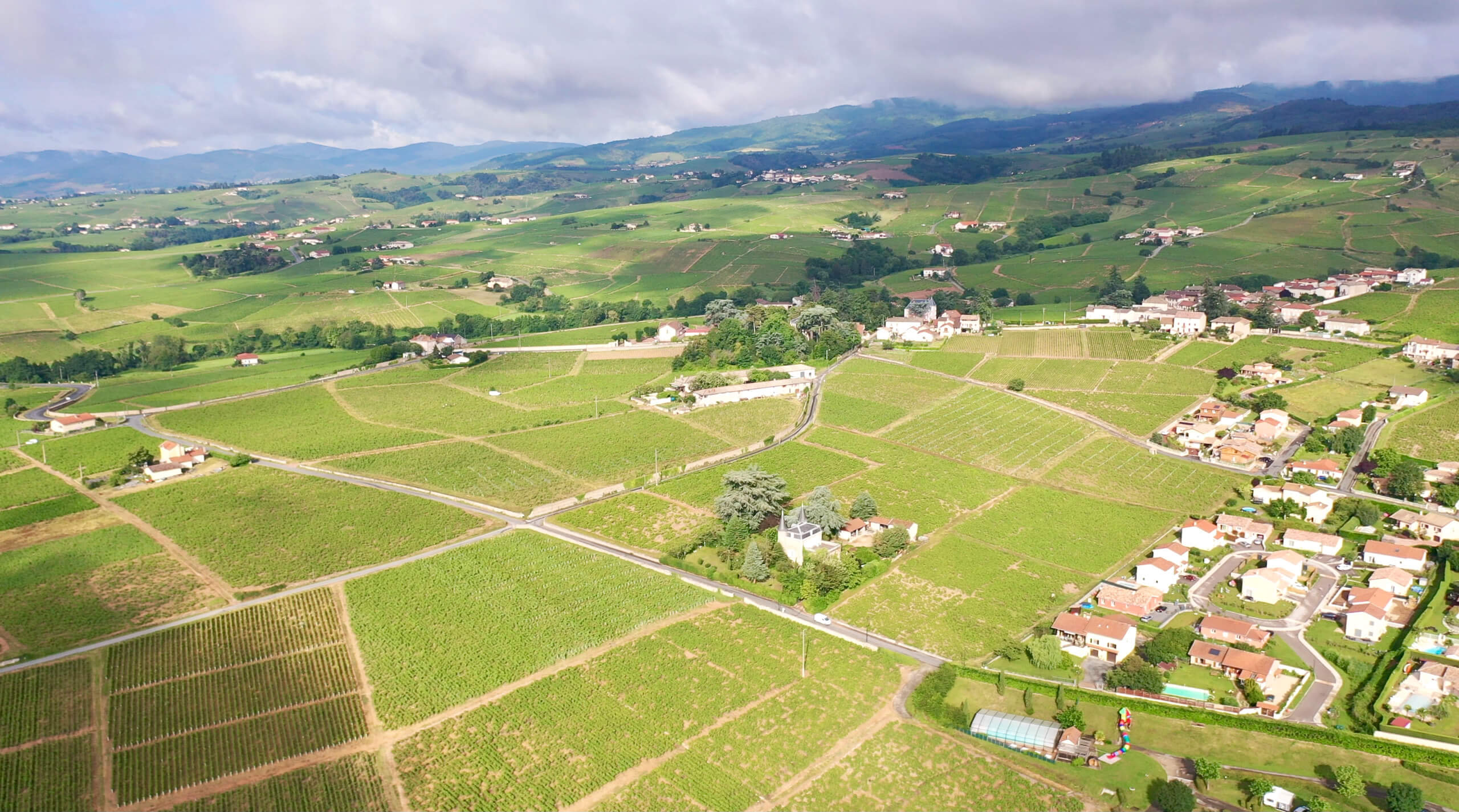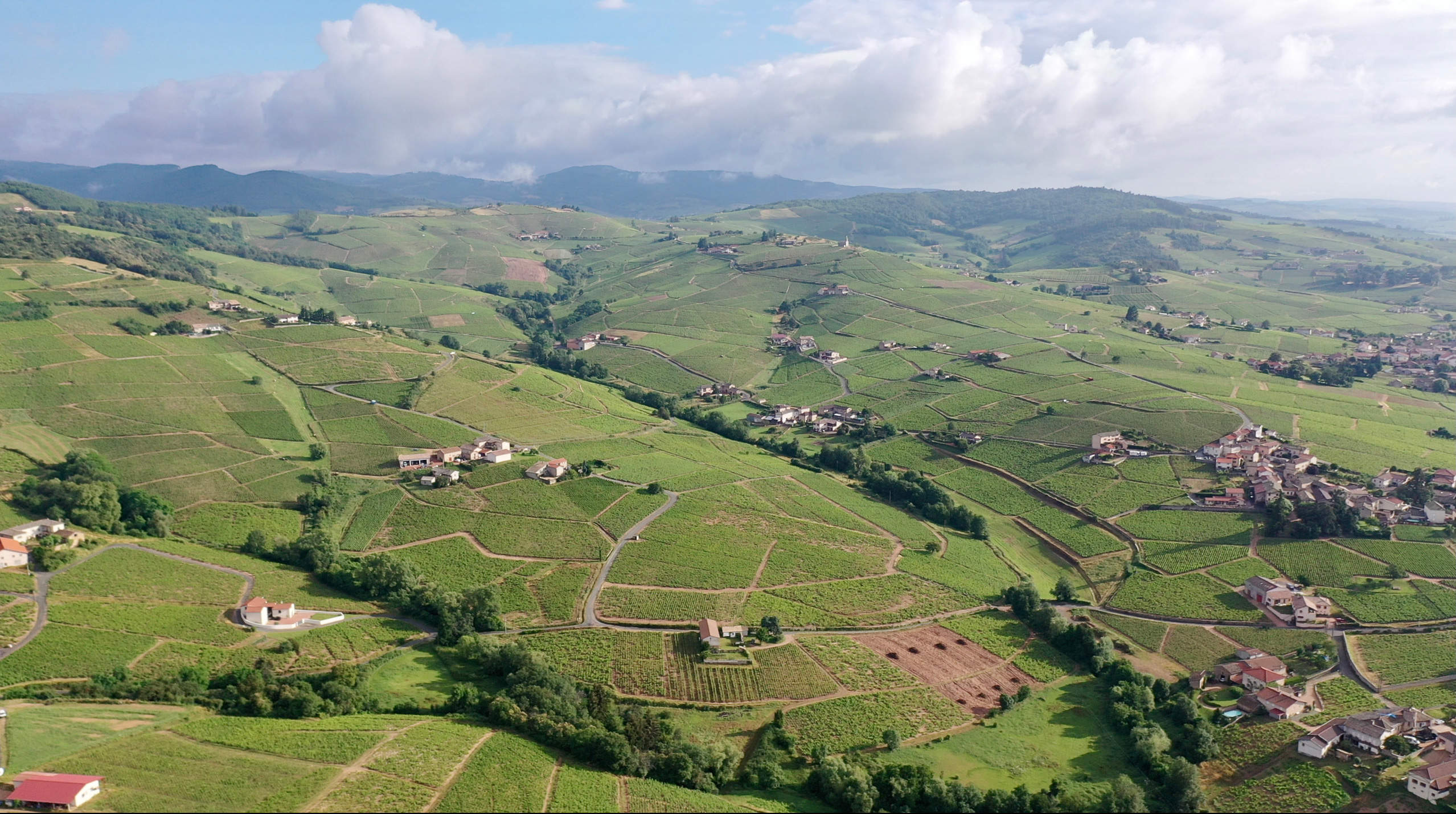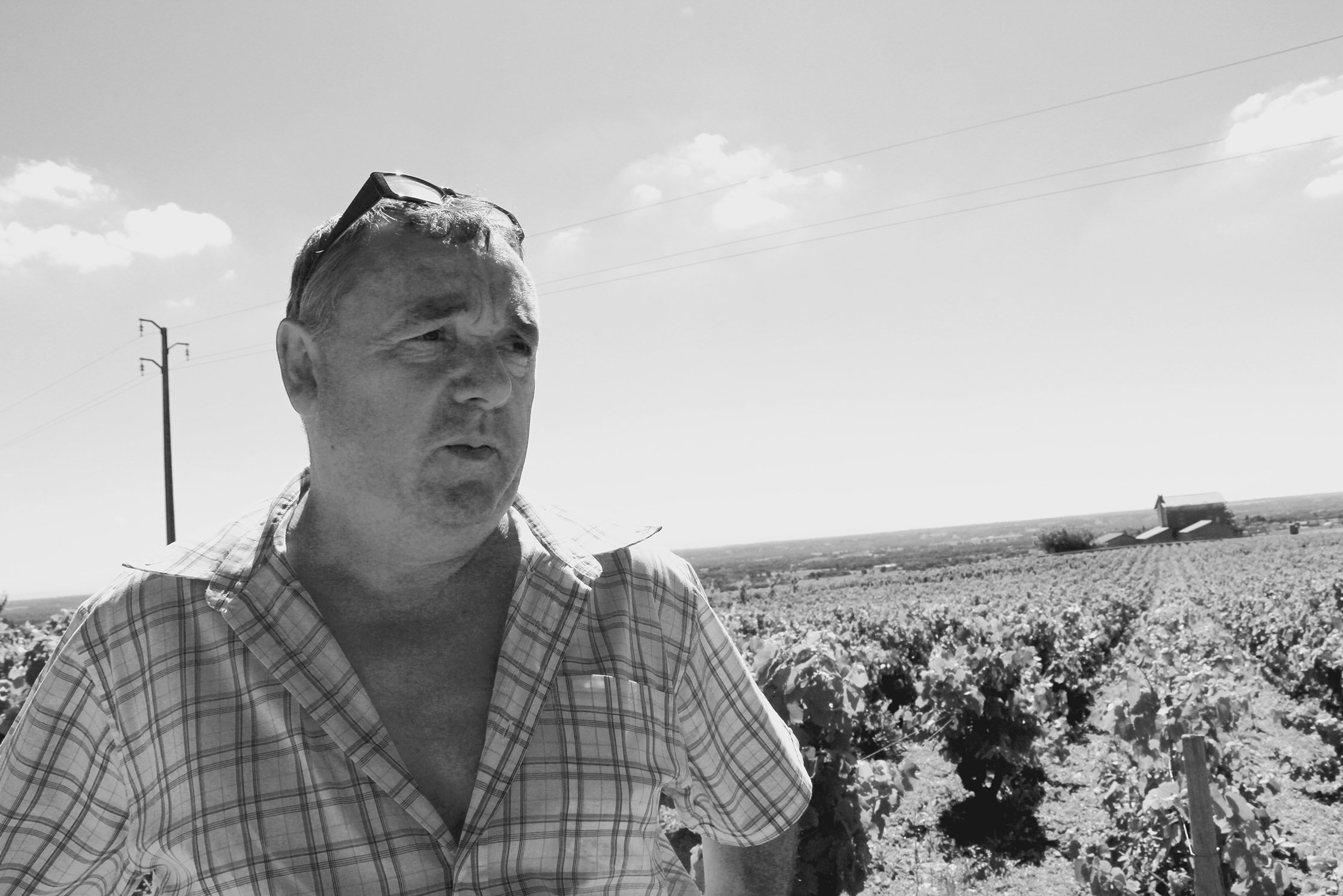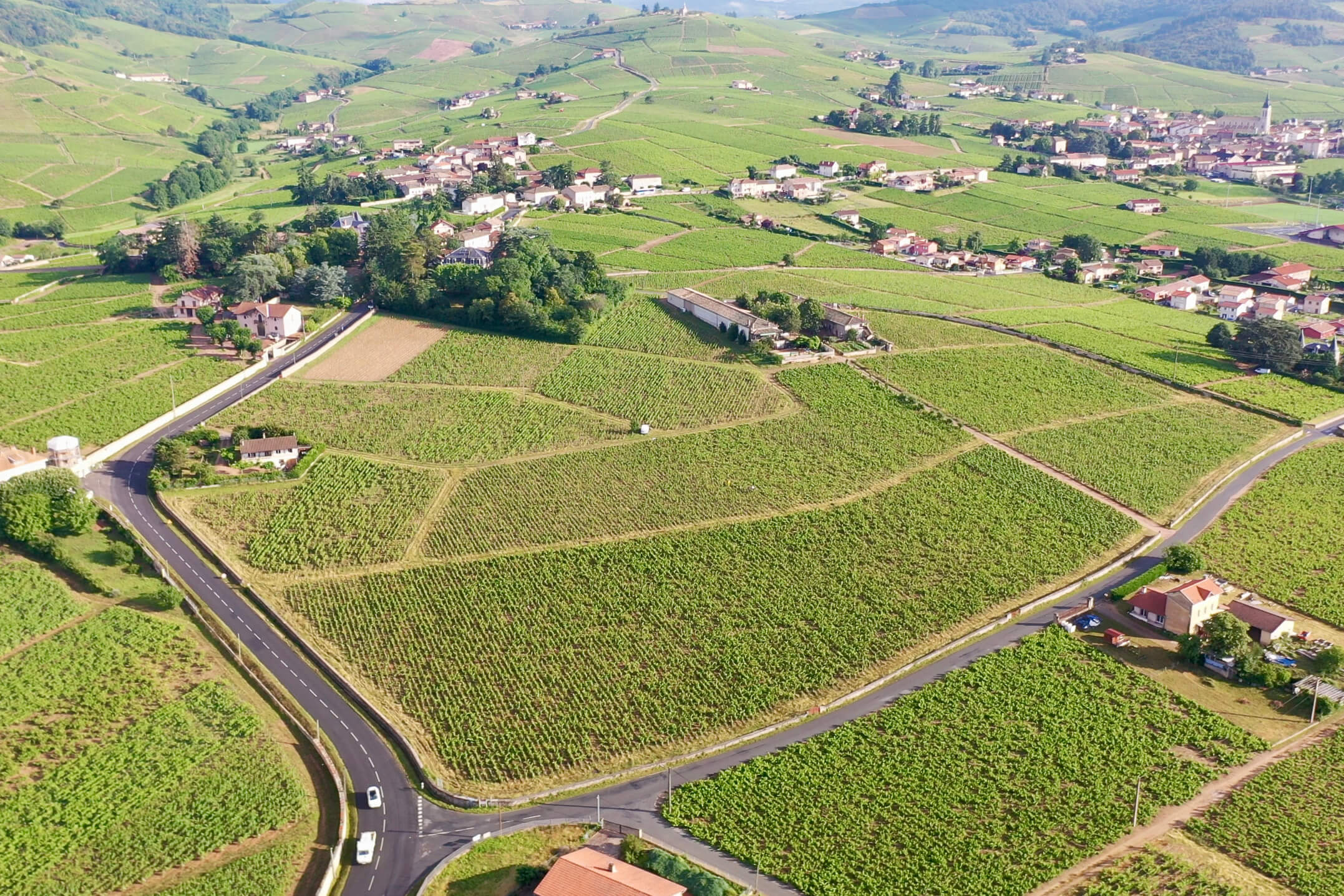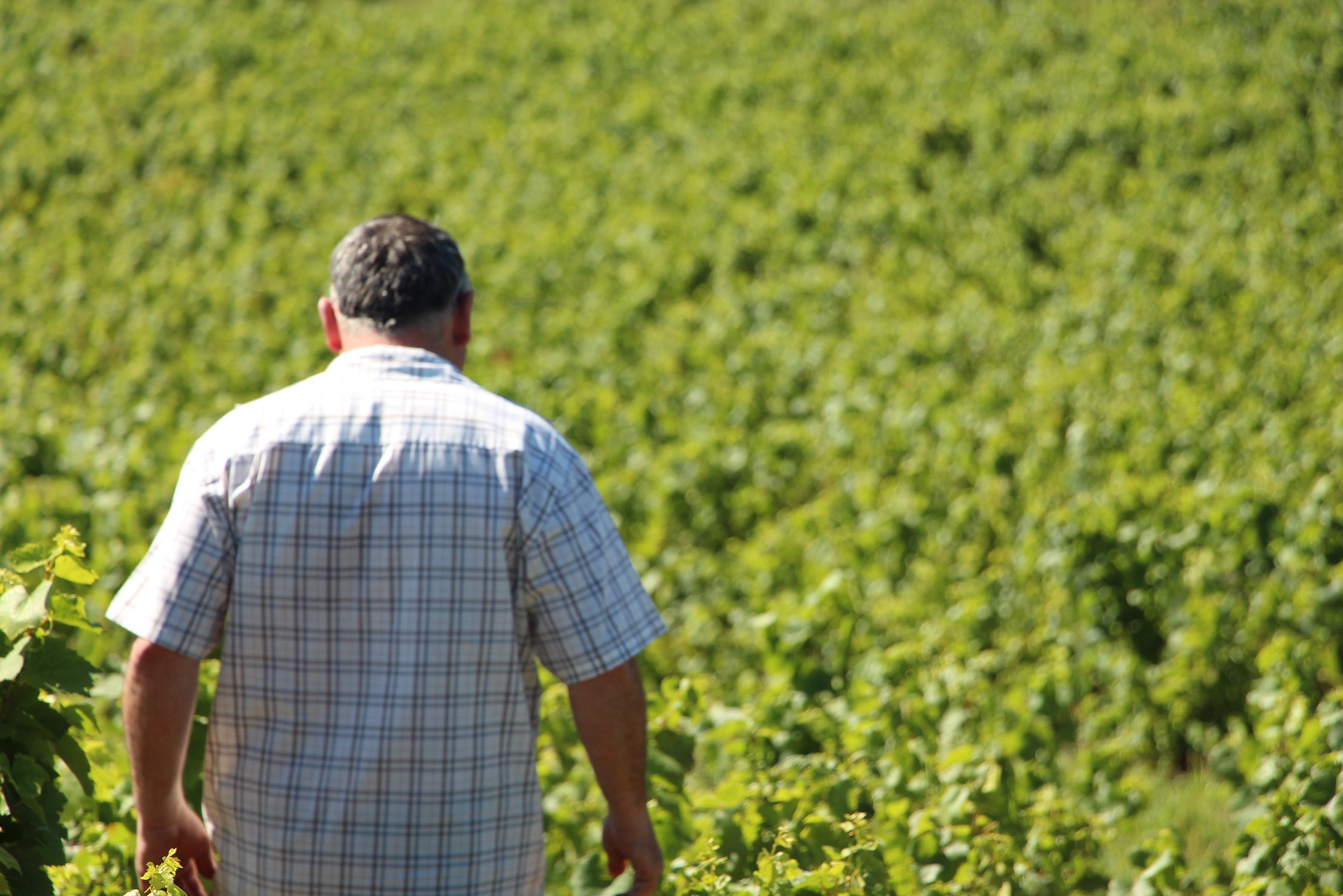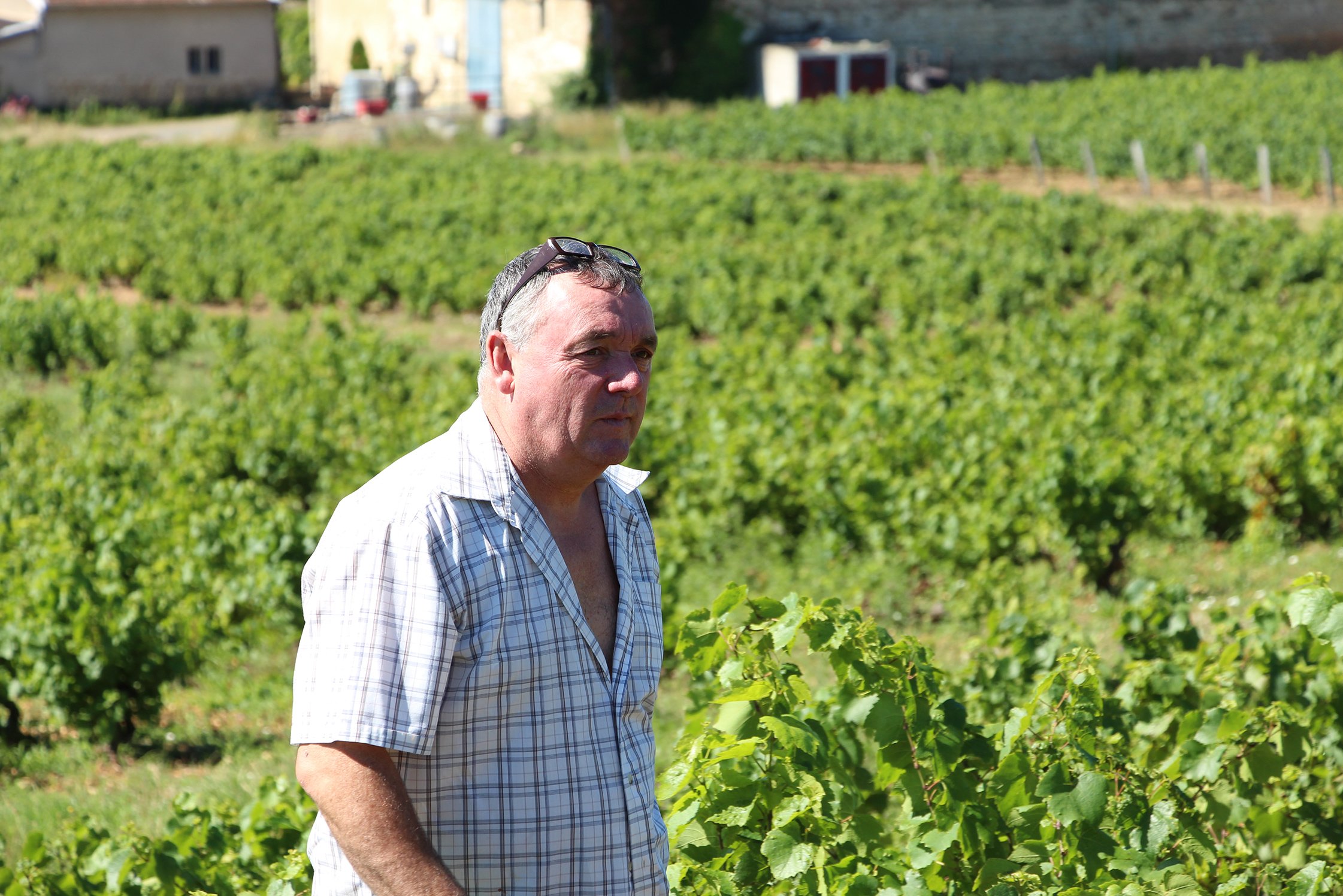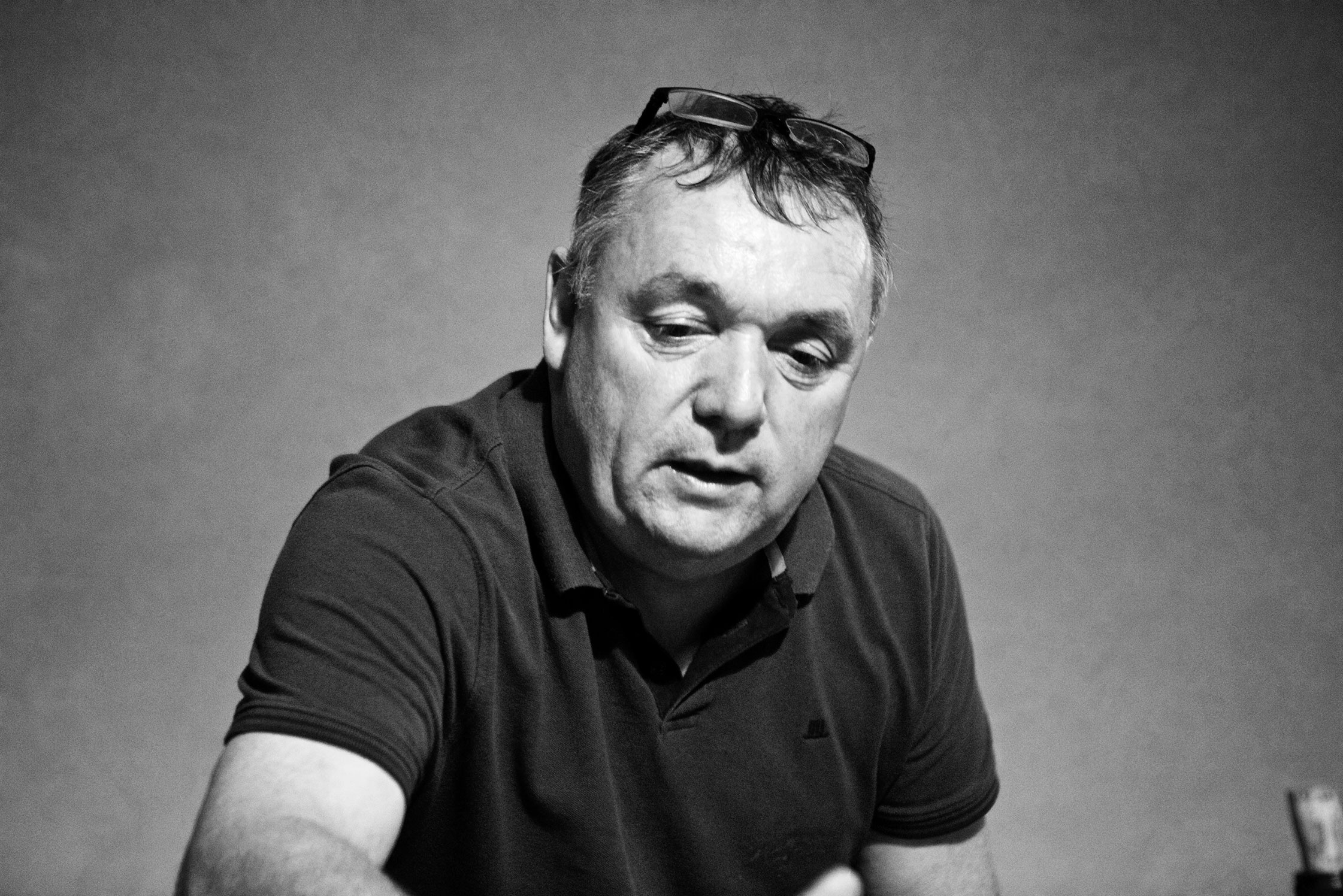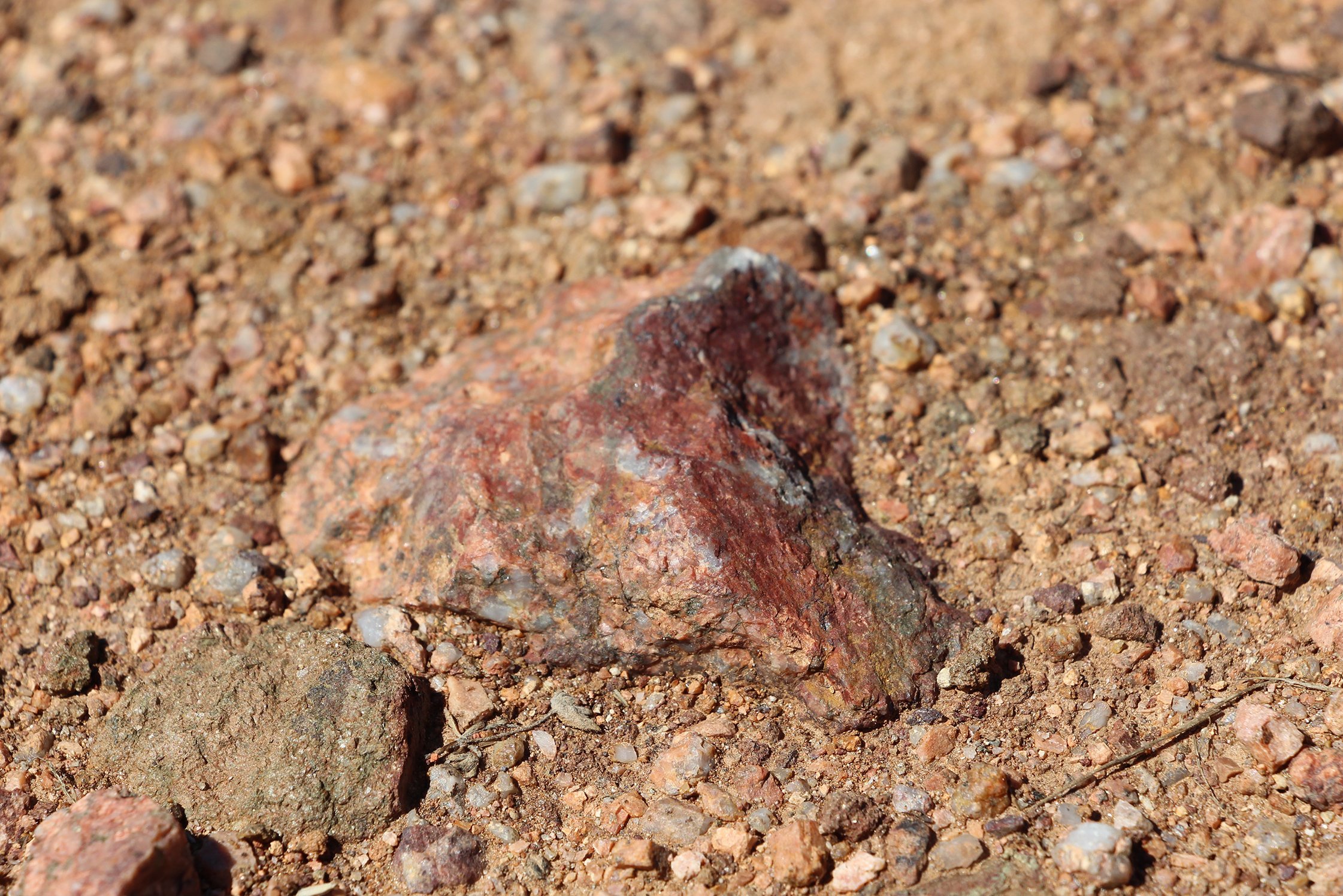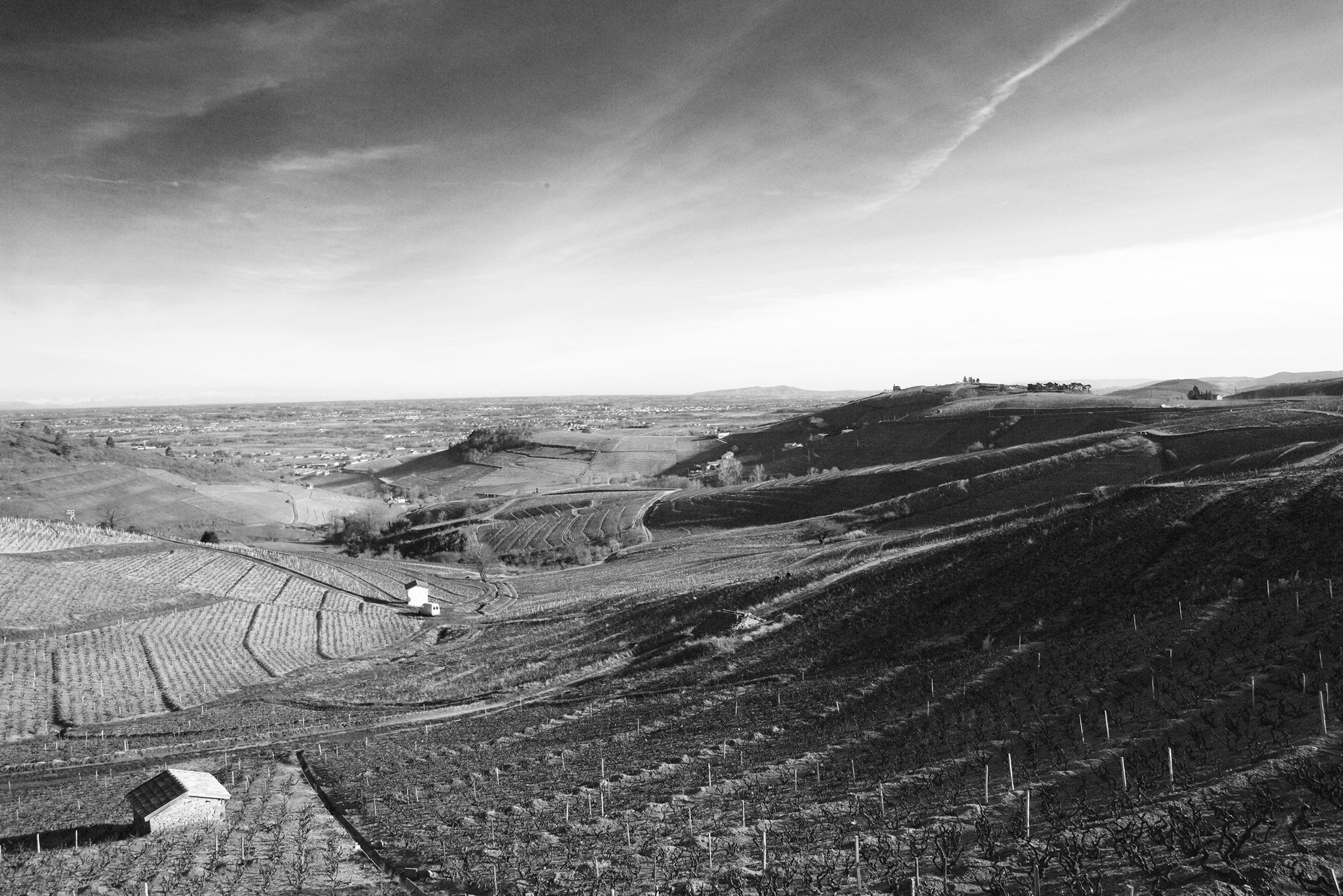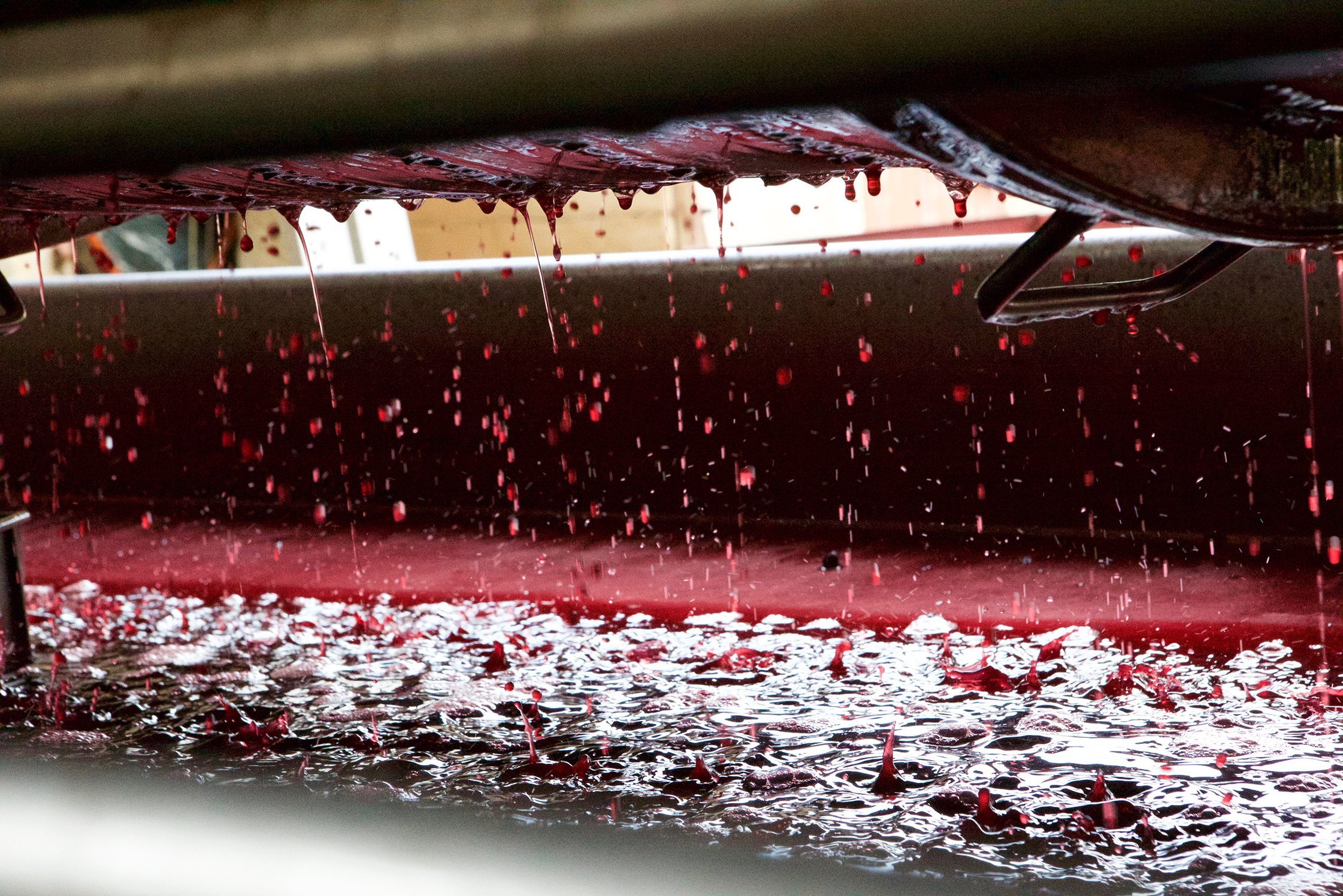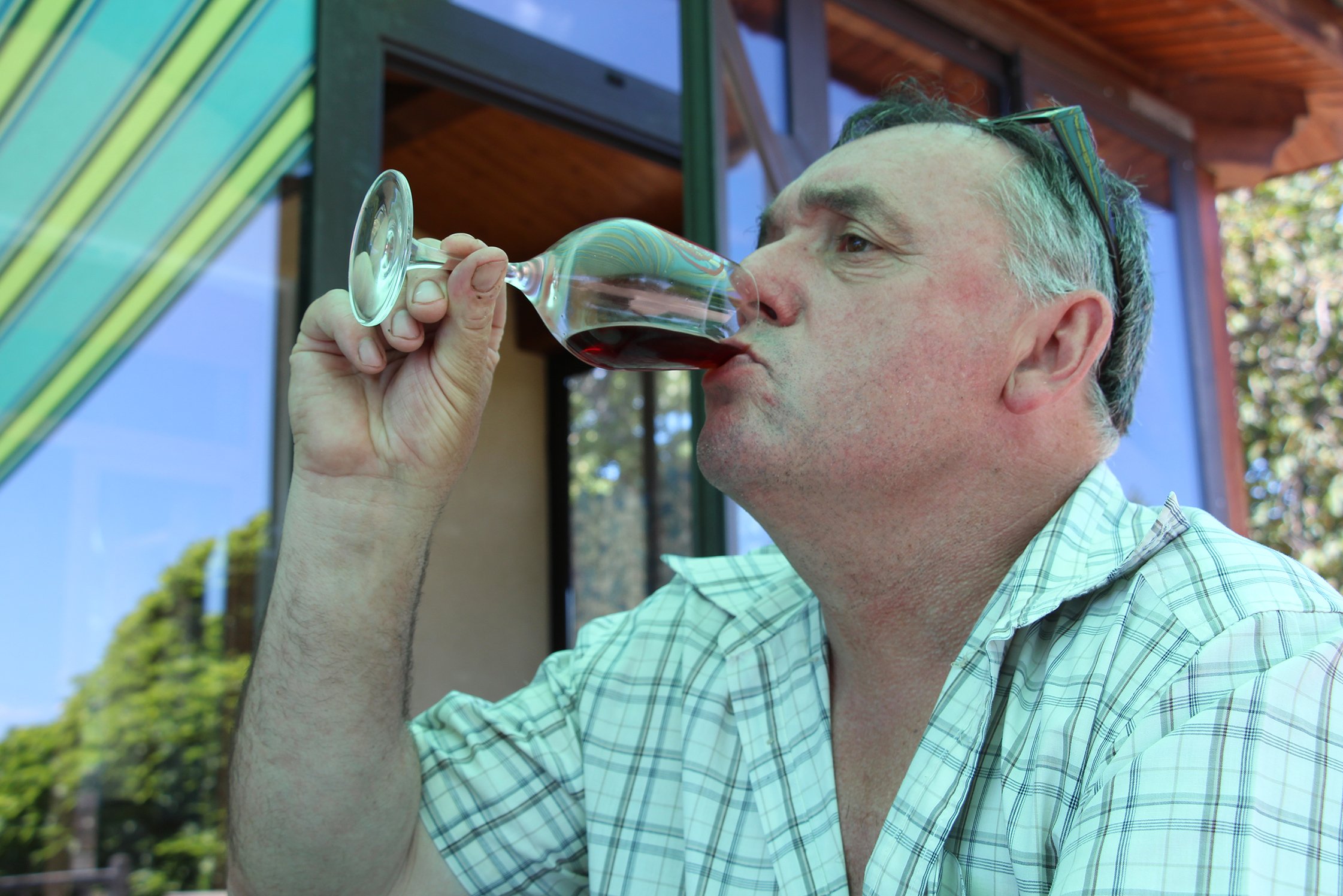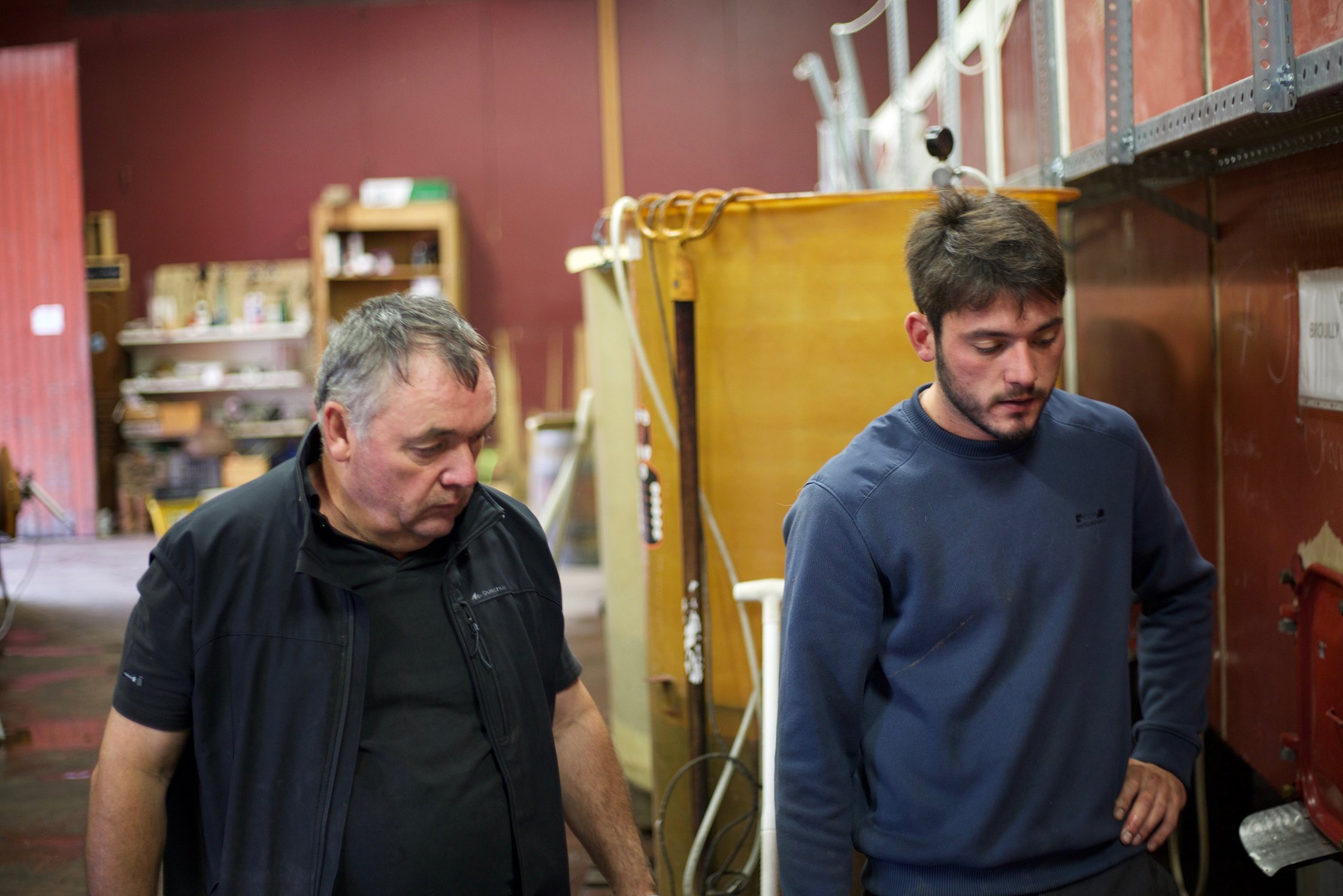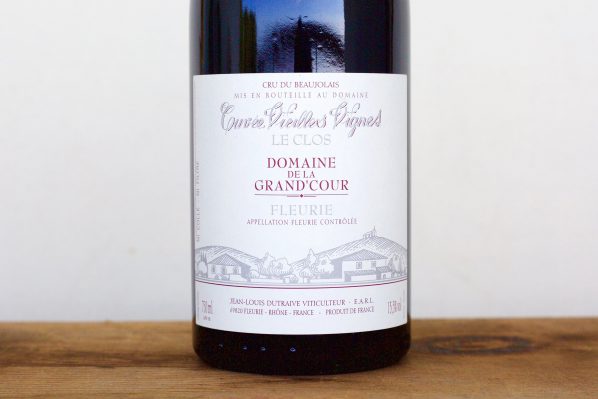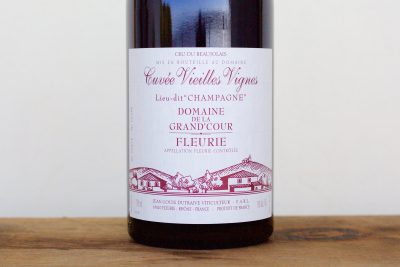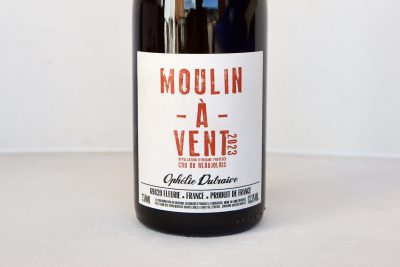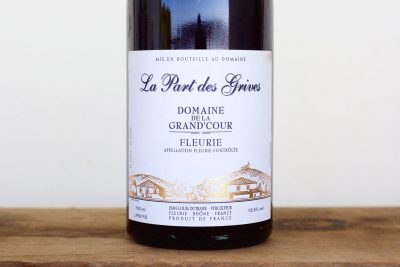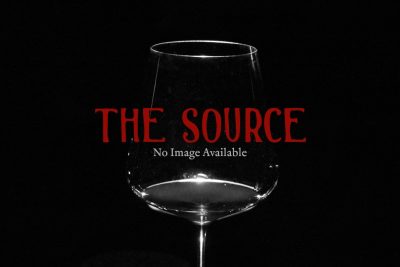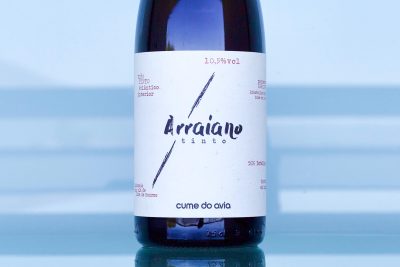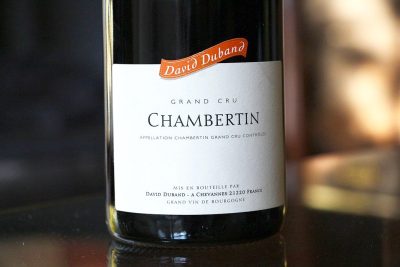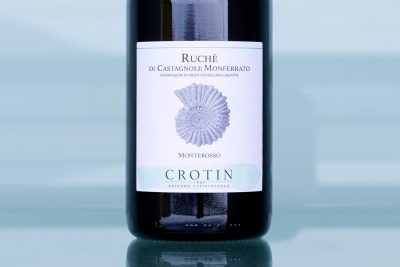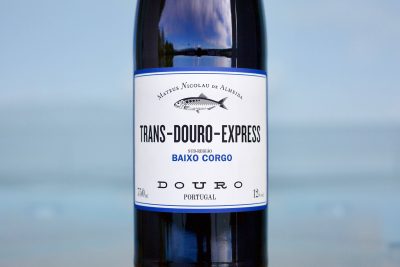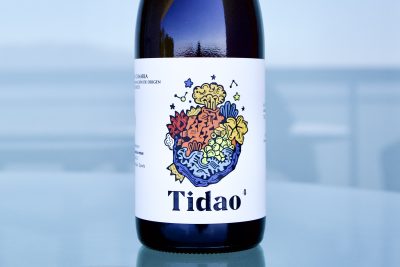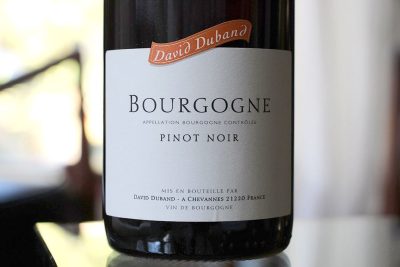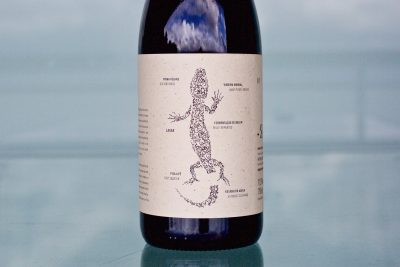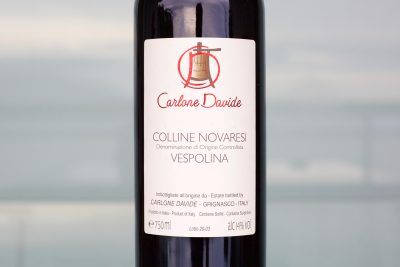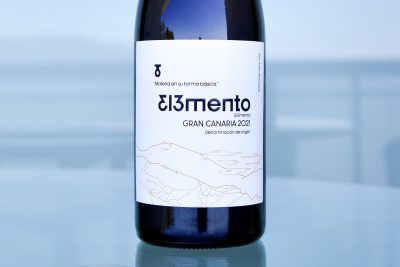About The Wine
Inside the bottle: When tasted in Jean-Louis’ range of wines, it is hard not to feel like this could be from Burgundy’s famous Côte de Nuits. It may be the most complex and profound wine he makes but also one of the slowest wines to evolve, in the glass. Sometimes, it is easy to overlook it amongst its brothers and sisters who give without reservation only ten minutes after opening. Perhaps it’s the deeper soil and root systems of these older vines that endows this wine with acidity similar to Pinot Noir. The nose has tension with fresh orange fruits of persimmon and kumquat. Dried roses and purple flowers with sappy fresh, wild red fruits slowly emerge for the patient drinker. This wine is a knockout.
All of Jean-Louis’ wines are made with whole clusters, zero extraction and natural fermentations. They are made from a combination of nearly perfect farming and zen-like observation. The elevage of this wine is 100% in futs de chene (barrel.)
Terroir: Like the “Clos de la Grand Coeur” bottling, these vines are situated on this small plateau, in Fleurie. These old vines, which are well over 60 years of age, are scattered throughout the vineyard in various spots but most are on a deeper soil base than the rest of the vines that go into his larger cuvée labeled as “Clos de la Grand Coeur.” The soil is very dry sand principally made from decomposed granite.


